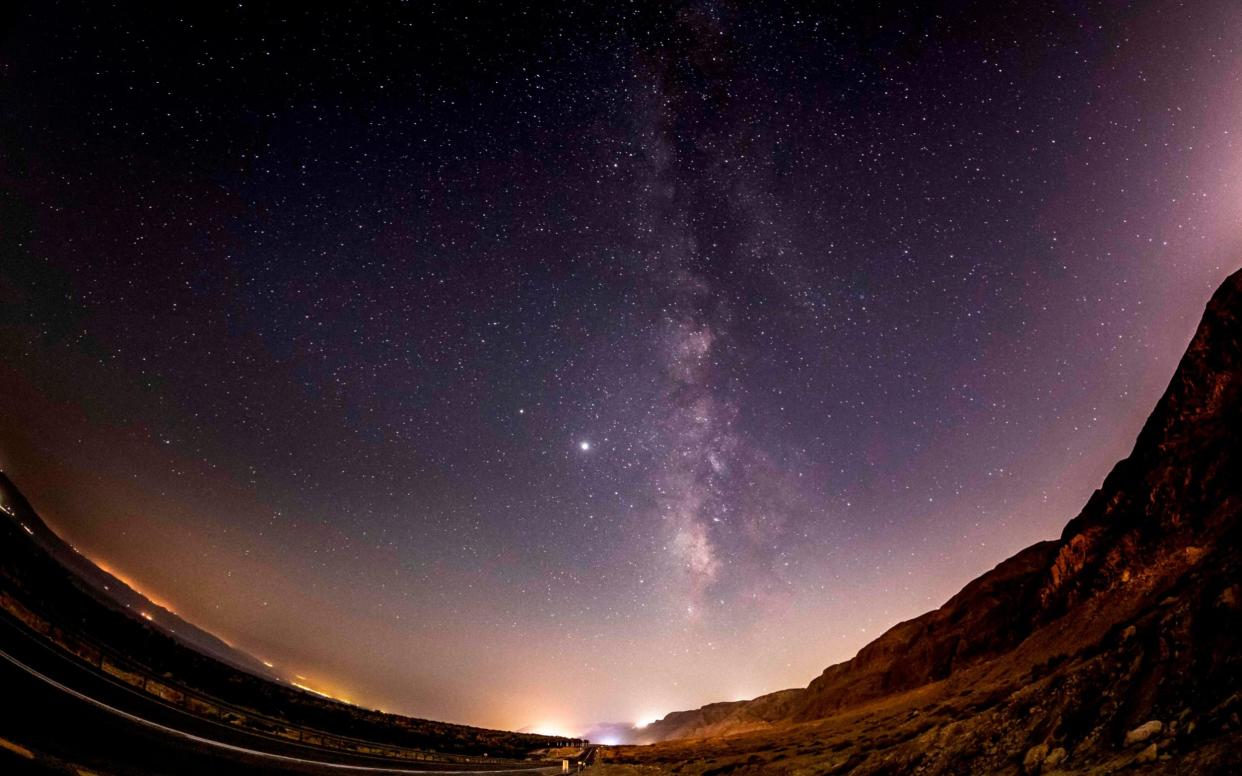More than 100 billion 'rogue planets' could be drifting in the Milky Way

There may be over 100 billion "rogue planets" floating in the Milky Way, according to new research.
The free-floating worlds are unattached to any sun, meaning they drift aimlessly through space.
A NASA mission is planning to count how many there are using the Nancy Grace Roman Space Telescope, and the new study predicts they will outnumber the stars in the galaxy and shed fresh light on its evolution.
Co-author Professor Scott Gaudi, an astronomer at Ohio State University, said: "The universe could be teeming with rogue planets and we wouldn't even know it. We would never find out without undertaking a thorough, space-based microlensing survey like Roman is going to do."
The Nancy Grace Roman Space Telescope is set for lift-off in the next five years and will create enormous panoramic pictures in unprecedented detail. Its wide field of view will enable sweeping cosmic surveys, yielding a wealth of new information.
Free-floating, or rogue, planets have been known about for decades, but their prevalence is a mystery. Our sun has at least eight, and most other stars have some.
Simulations by Prof Gaudi and colleagues found that the revolutionary telescope will detect hundreds. It is likely to be 10 times more sensitive to these objects than current ground-based telescopes and will focus on planets between our sun and the centre of the Milky Way, where a supermassive black hole covering some 24,000 light years lives.
Lead author Samson Johnson, a graduate student in Prof Gaudi's lab, said: "There have been several rogue planets discovered. But to actually get a complete picture, our best bet is something like Roman. This is a totally new frontier."
The mission will search for rogue planets using a technique called gravitational microlensing. The telescope can find planets thousands of light years away from Earth, much farther than other planet-detecting methods.
The study, published in Astronomical Journal, estimates that the mission will be able to identify rogue planets the mass of Mars or larger. Mars is the second-smallest planet in our solar system and a little bigger than half the size of Earth.
Mr Johnson said the rogue planets "would probably be extremely cold, because they have no star", but studying them will help scientists understand more about how all planets form.
He added: "If we find a lot of low-mass rogue planets we will know that, as stars form planets, they are probably ejecting a bunch of other stuff out into the galaxy. This helps us get a handle on the formation pathway of planets in general."

